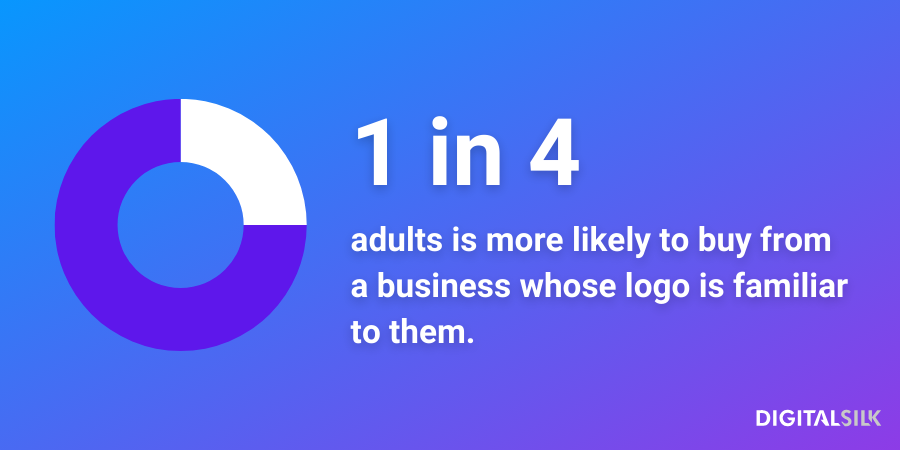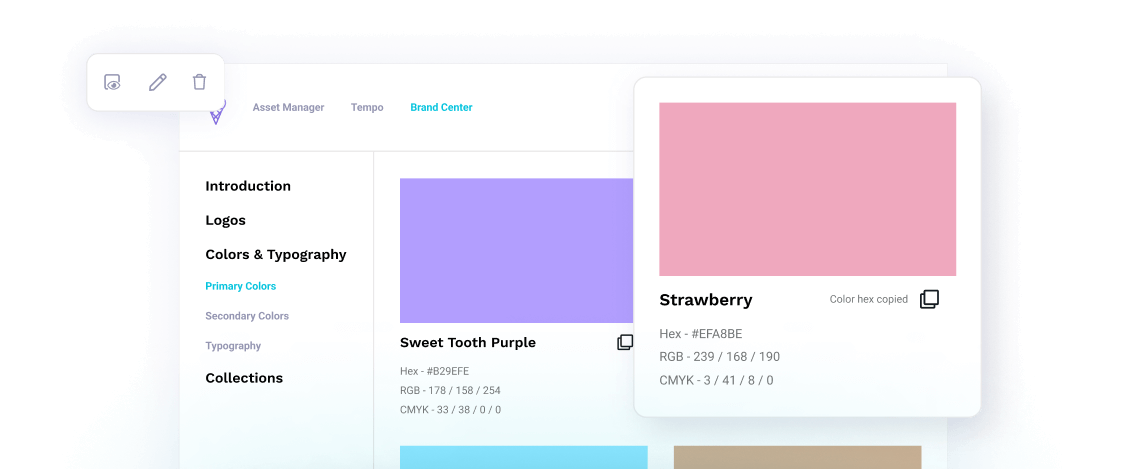
Imagine walking into a store where every shelf is meticulously organized, every product label is consistent, and every employee speaks the same welcoming language. This seamless experience is no accident — it’s the result of well-defined brand guidelines.
These guidelines must extend beyond physical spaces to thrive online. Brand guidelines are essential for maintaining consistency, ensuring accessibility, and streamlining marketing efforts across all digital platforms. In this article, we’re exploring why having your brand guidelines online is crucial for your business’s success.
What Are Brand Guidelines?
Brand guidelines are the cornerstone of a company’s identity, ensuring a unified and consistent representation across all platforms.
These guidelines encompass a variety of elements that define how the brand should be presented to the world. Key components include:
-
Logo Usage: Specifications on how the logo should appear in different contexts to maintain its integrity.
-
Color Palettes: A set of approved colors that align with the brand’s identity.
-
Typography: Guidelines on the fonts to be used in various communications.
-
Tone of Voice: Instructions on the language and style of communication that reflect the brand’s personality.
By clearly defining these elements, brand guidelines help ensure consistency, making the brand easily recognizable and reliable.
They also facilitate accessibility, allowing employees and partners worldwide to access and adhere to the same standards. Additionally, these guidelines streamline the process of creating marketing materials, saving time and reducing the risk of errors.
Creating Effective Brand Guidelines
Creating effective brand guidelines involves a thorough understanding of your brand’s core elements and translates them into clear, actionable instructions. Here’s how to develop comprehensive brand guidelines:
1. Identify Core Brand Elements
Start with your brand’s mission, vision, and values. These foundational elements should inform all aspects of your brand guidelines. Clearly articulating these elements ensures that everyone understands the purpose and direction of the brand.
2. Define Visual Elements
Consistent visual elements are crucial. In fact, one in four adults is more likely to buy from a business whose logo is familiar to them.
-
Logo Usage: Specify how the logo should be used in various contexts (e.g., print, digital, merchandise). Include minimum size requirements, placement rules, and any variations of the logo.
-
Color Palettes: Outline the primary and secondary colors, including specific color codes (e.g., HEX, RGB, CMYK). Provide examples of how these colors should be used in different media.
-
Typography: Choose a set of fonts for various uses (e.g., headlines, body text, captions). Provide guidelines on font sizes, weights, and styles to ensure consistency.
3. Establish Brand Voice and Messaging Guidelines
Determine the tone and style of communication that best represents your brand. This includes guidelines for written content, social media posts, and customer interactions. Examples of brand voice attributes might include being friendly, professional, authoritative, or casual.
Provide examples of preferred language and phrases, as well as words or tones to avoid. This ensures that all communications reflect the brand’s personality.
4. Incorporate Guidelines for Digital Assets
With the increasing importance of digital presence, it’s important to include specific instructions for social media, websites, and email templates. Detail how brand elements should be adapted for different digital platforms to maintain a cohesive online identity.
Provide templates and examples for social media posts, banner ads, email newsletters, and other digital content. This helps ensure that marketing materials are consistent with the overall brand image.
Managing Brand Guidelines Online
Managing brand guidelines online is crucial for maintaining consistency and accessibility. Here are some key strategies:
-
Centralized Storage: Keeping all brand guidelines in a single, easily accessible location ensures that everyone has access to the same resources.
-
Version Control: Implementing version control helps track changes and updates, ensuring that everyone is using the most current guidelines.
-
User Permissions: Controlling who can view and edit the guidelines helps maintain their integrity and prevents unauthorized changes.
-
Templates and Resources: Providing pre-approved templates and assets ensures compliance and streamlines the creation of marketing materials.
These strategies help businesses maintain a consistent brand identity across all platforms and make it easier for employees and partners to adhere to the brand guidelines.
Best Practices for Keeping Brand Guidelines Updated
To keep brand guidelines relevant and effective, regular updates are essential. Here are some best practices:
1. Regular Reviews and Updates
Schedule periodic reviews to assess the relevance of your guidelines and make necessary updates. This ensures that your guidelines evolve with your brand and the market, maintaining their applicability and effectiveness over time.
2. Gather Feedback from Users
Encourage employees and partners to provide feedback on the guidelines. This feedback can highlight areas that may need clarification or improvement, ensuring the guidelines are practical and user-friendly for everyone involved.
3. Adapt to Market Changes and New Trends
Stay informed about industry trends and market changes. Adapt your brand guidelines to reflect these changes, ensuring that your brand remains current and competitive. Monitoring competitor brands and industry leaders can provide insights into new best practices and innovative approaches.
4. Involve Key Stakeholders
Engage key stakeholders in the update process to ensure the guidelines align with overall business strategies and goals. Including representatives from various departments — such as marketing, sales, product development, and customer service — provides a comprehensive perspective and ensures the guidelines support the broader business objectives.
5. Communicate Changes Effectively
Once updates are made, communicate these changes clearly and effectively to all relevant parties. Use internal communications channels such as emails, meetings, or training sessions to ensure everyone is aware of the updates. Providing training or resources helps team members understand and implement the new guidelines, maintaining a strong and cohesive brand identity.
Streamline Your Brand Management Today With Lytho
Having brand guidelines online is essential for maintaining consistency and accessibility across all platforms. By creating and regularly updating comprehensive brand guidelines, businesses can ensure their brand remains cohesive and competitive. Embracing these practices will support a strong brand identity and streamline marketing efforts.
Ready to ensure brand consistency and streamline your marketing efforts? Discover how Lytho’s solutions for managing brand guidelines online can enhance your brand’s identity and accessibility. Schedule a demo with Lytho today and see how our tools can transform your brand management strategy and boost your team’s efficiency.
Do you want to give yourself and your creative team more room for creative stimulation by automating the boring stuff? Lytho helps you streamline your entire workflow and harmonize all brand collateral under a single, uniform platform. Feel free to reach out to us by scheduling a demo and learning how our creative solutions can boost the effectiveness of your creative projects. We look forward to speaking with you!

Ready to simplify your creative operations and start having a little fun at work again? Schedule time to talk with us.
Let us show you how Lytho’s Creative Operations Platform helps in-house creative and marketing teams do better work, ease the stakeholder experience, and stay on brand.
Schedule a Demo posted by
posted by 

